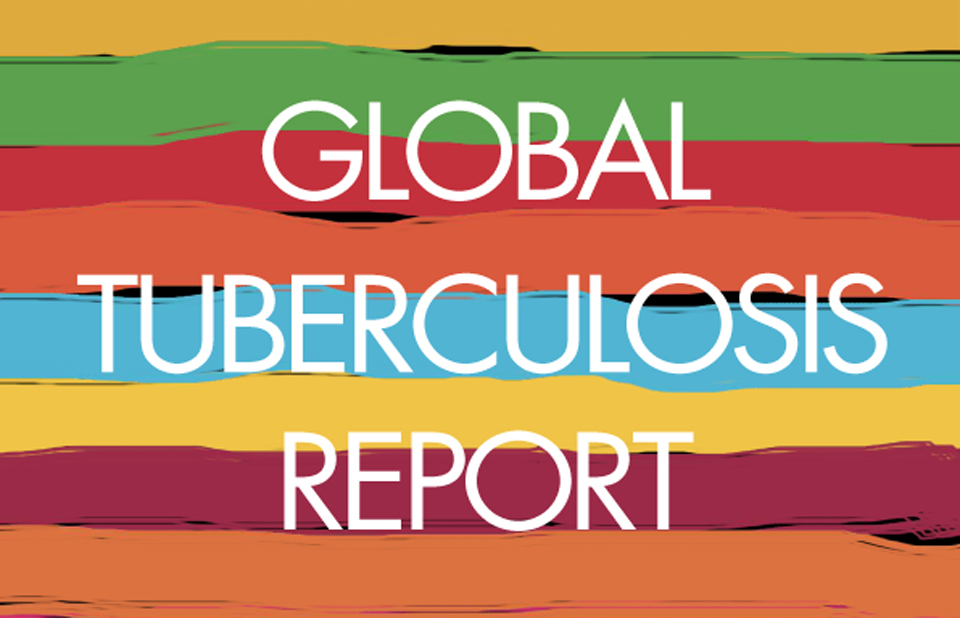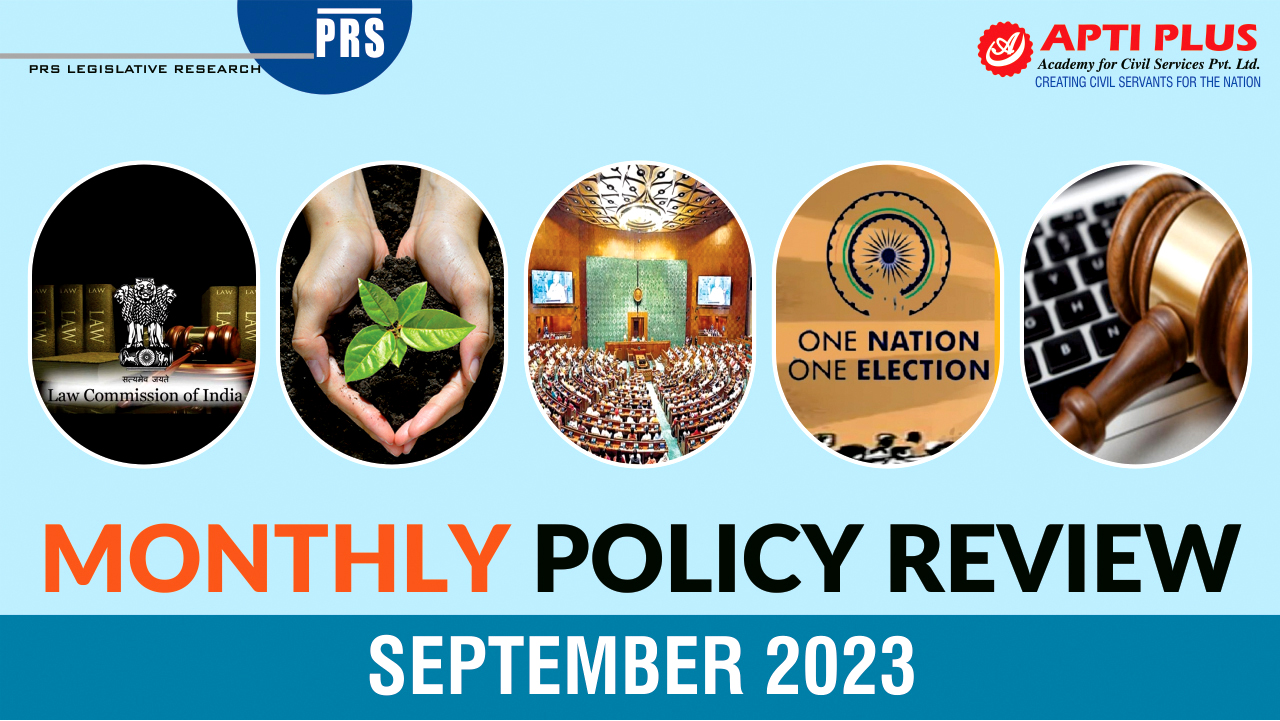Description

Copyright infringement not intended
Picture Courtesy: www.unaids.org
Context: The WHO Global TB Report for 2022 highlights a concerning trend in the fight against tuberculosis. Despite progress made in the past years, the impact of COVID-19 disruptions on healthcare systems has hampered efforts to combat the disease effectively.
Key points from the report
Increase in New Cases
- In 2022, there were 7.5 million newly diagnosed cases of TB globally. This marked the highest number since the WHO began monitoring TB cases in 1995.
- In 2020, there were 5.8 million TB cases globally.
- In 2021, the number of TB cases increased to 6.4 million.
COVID-19 Disruptions
- The COVID-19 pandemic strained healthcare systems worldwide, diverting resources, personnel, and infrastructure away from routine health services, including TB diagnosis and treatment.
- Lockdowns, travel restrictions, and fear of exposure to COVID-19 deterred individuals from seeking medical care, resulting in delayed access to healthcare facilities for TB screening and diagnosis.
- The surge in COVID-19 cases overwhelmed healthcare facilities, making it challenging for them to maintain the same level of TB diagnosis and treatment services, leading to a backlog.
- Disruptions in global supply chains affected the availability of TB diagnostic tests and medications, making it even more difficult to provide timely care to TB patients.
- Many healthcare workers were reassigned to COVID-19-related tasks, leaving a shortage of personnel for TB diagnosis and treatment services.
- The fear of contracting COVID-19 in healthcare settings made many individuals reluctant to visit hospitals or clinics, resulting in delayed diagnosis and treatment of TB cases.
- Mass screening and active case-finding programs were scaled back or halted during the pandemic, allowing TB cases to go undetected.
- Some TB patients face interruptions in their treatment due to lockdowns, quarantine requirements, or difficulties in obtaining medication, which can lead to drug resistance and prolonged illness.
- Economic challenges resulting from the pandemic made it harder for individuals to afford healthcare services, further delaying TB diagnosis and treatment.
- Efforts and resources focused on COVID-19 took precedence, leading to a temporary neglect of TB control and prevention measures, exacerbating the TB backlog.
Global TB Targets
- Despite efforts to combat TB, global targets set by the WHO have either been missed or are off track.
- The net reduction from 2015 to 2022 was 8.7%, falling far short of the WHO's End TB Strategy milestone of a 50% reduction by 2025.
High Impact Countries
- India, Indonesia, and the Philippines, which had previously made significant progress in reducing TB cases, experienced setbacks in 2022.
- These countries collectively accounted for nearly 60% of the reduction in newly diagnosed TB cases in 2020 and 2021 but saw an increase in cases in 2022.
Impact on Mortality
- TB caused an estimated 1.30 million deaths in 2022, approaching the level seen in 2019.
- COVID-19 disruptions are estimated to have resulted in nearly half a million excess deaths from TB between 2020 and 2022.
Treatment Success Rates
- Despite challenges, there was an improvement in treatment success rates.
- 88% of people treated for drug-susceptible TB and 63% of people with multidrug-resistant TB (MDR-TB) or rifampicin-resistant TB (RR-TB) had successful outcomes.
Call to Action
- The report emphasizes the need for translating the commitments made at the 2023 UN high-level meeting on TB into action to effectively combat the global TB epidemic.

Tuberculosis (TB)
- Tuberculosis (TB) is a bacterial infection caused by Mycobacterium tuberculosis.
- It primarily affects the lungs but can also affect other parts of the body, such as the kidneys, brain, spine, and skin.
- TB is spread through the air when an infected person coughs, sneezes, or spits, and someone else inhales the bacteria.
Symptoms
- People with latent TB infection do not show symptoms and are not contagious.
- People with active TB may experience symptoms such as prolonged cough (sometimes with blood), chest pain, weakness, fatigue, weight loss, fever, and night sweats.
Risk Factors
- Individuals with weakened immune systems, such as those with HIV/AIDS, are at higher risk.
- Diabetes, malnutrition, and tobacco use can increase the risk of developing TB.
Prevention
- The Bacille Calmette-Guérin (BCG) vaccine is given in some countries to prevent severe forms of TB in children.
- Seeking medical attention for symptoms like prolonged cough, fever, and unexplained weight loss is crucial.
- Practising good hygiene, wearing masks, and avoiding close contact with infected individuals can help prevent transmission.
Diagnosis
- Rapid molecular diagnostic tests like Xpert MTB/RIF Ultra and Truenat assays are recommended for diagnosing TB.
- Tuberculin skin tests (TST) and interferon-gamma release assays (IGRA) can identify TB infection.
Treatment
- TB disease is treated with antibiotics such as isoniazid, rifampin, pyrazinamide, ethambutol, and streptomycin.
- Multidrug-resistant TB (MDR-TB) requires specialized treatment due to resistance to standard drugs.
.jpg)
Conclusion
- These findings of the report highlight the urgent need for continued efforts and resources to combat TB globally and address the challenges exacerbated by the disruptions caused by the COVID-19 pandemic.
Must Read Articles:
TUBERCULOSIS: https://www.iasgyan.in/daily-current-affairs/tuberculosis
|
PRACTICE QUESTION
Q. What are the key factors contributing to the high prevalence of tuberculosis in India, and what strategies or initiatives have been implemented to address this public health issue in the country?
|
















